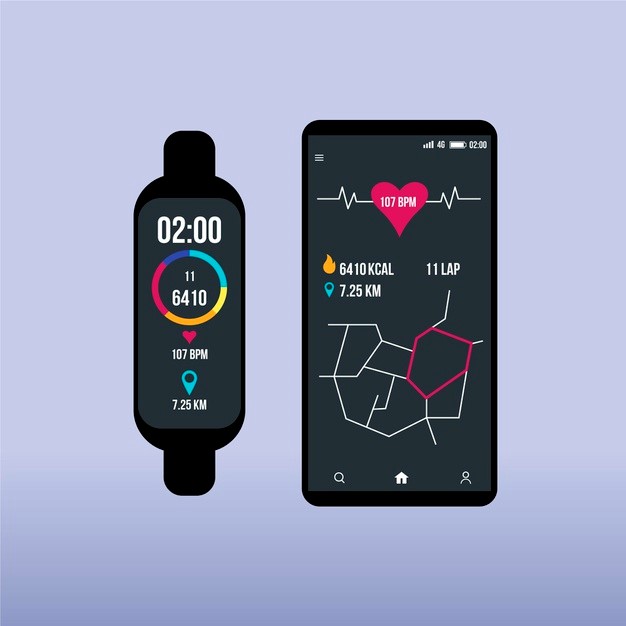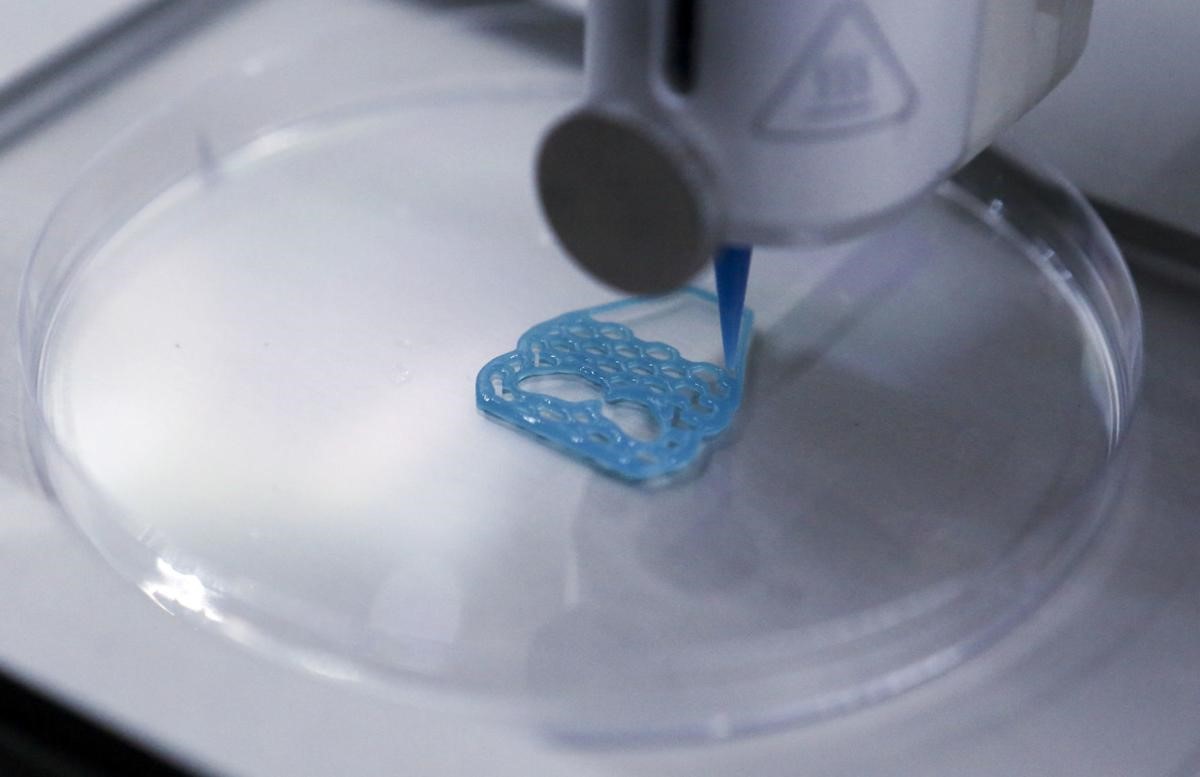In this article, we are going to talk about emerging trends in the MedTech field:
Medical Technology refers to the application of science to create solutions to health issues such as the prevention or delay of commencement of diseases, promotion, and monitoring of good health in order to improve the quality of life of everyone. MedTech is a broad field where many areas like IT, Biotech, Medicines have played a significant role in contributing to improving the lives of people all around the globe.
1. AI and Healthcare
Artificial Intelligence is being rapidly adopted in the healthcare field, particularly in diagnostics and treatment management. AI is helping doctors diagnose medical issues at a faster rate, resulting in better patient care. A lot of times, a patient shows multiple symptoms that can be linked to various ailments and it becomes difficult for doctors to diagnose the actual problem. In such situations, AI benefits a medical professional by enhancing accuracy in early detection, diagnosis, treatment plan and result prediction with the help of qualitative and numerical data.
The AI systems in healthcare are always functioning in real-time, which means the data is updated regularly, thus increasing precision and significance. Data that is gathered is a combination of different medical records, electronic recordings from medical devices, laboratory images, physical check-ups, and other statistics. With this compilation of infinitely updating information, professionals now have boundless resources to improve their treatment capabilities. Research by Frost & Sullivan states that AI in healthcare is predicted to grow to almost US$ 6.6 Billion by 2021.
2. Telemedicine

Telemedicine allows medical professionals to assess, analyse and treat patients remotely, i.e., without their actual presence in a clinic or hospital. They do it via video conferencing and text messaging. Telehealth has established itself as a major trend across the world and especially since the onset of the COVID-19 pandemic. Getting exposed to numerous risks while visiting a hospital full of COVID-19 patients is simply an understatement. I can result in unpleasant repercussions if a person already suffering from some ailments contracts coronavirus too. With a doctor being just a video call away, patients are increasingly switching towards receiving diagnosis from their homes rather than especially visiting a hospital for basic check-ups. Telemedicine has also proven to be a more affordable way of receiving care for non-emergency medical conditions.
3. Internet of Things (IoT) & Wearable Technology
Wearable Technology refers to smart objects such as watches, rings, wristbands (click here to read Muse Wearables story on launching wrist bands that detect COVID-19 symptoms), glasses, etc. that can detect, diagnose, and transmit information concerning an individual’s body conditions. This is one of the perfect applications of the Internet of Things since “things” such as electronics, software, devices and connectivity enable these objects to exchange data (as well as data quality) through the internet with a producer, operator and/or other connected devices, without needing human involvement. Many doctors have started using them to monitor patients. There are apps that track babies’ temperatures, count your steps and distance traveled, check for cardiac irregularities, blood pressure and calories burned, analyze electrolytes in sweat, among many others. These apps are interconnected to smartphones to give doctors and patients an outline of their health.
US-based FDA (Food and Drug Administration), a Federal agency of the Department of Health and Human Services has launched a pre-certification program for MedTech companies who deal with wearable technologies to speed up the time it takes to bring them to the marketplace.
4. 3D Printing
It refers to taking a digital prototype or outline of the subject which is then printed in sequential layers using a suitable material to create a new variety of the subject. Various techniques such as X-rays, computed tomography (CT) scans, magnetic resonance imaging (MRI) scans and ultrasounds are used to produce the original digital prototype, which is then fed into the 3D printer.
Bioprinting is one such useful application. Bioprinters use a computer-controlled pipette to coat living cells called bio-ink on top of one another to create artificial living tissue in a laboratory. These tissues can be used for medical research as they imitate organs a little bit. They are also being tried as cheaper replacements to human organ transplants.
Medical Device Network has projected that 3D printing in the medical sector will be worth US$ 3.5B by 2025, as compared to US$ 713.3M in 2016.
5. Robotic Process Automation

Robotic process automation is a technology that intends to automate/computerize monotonous and time-consuming tasks. Robots are programmed to watch human users execute a set of tasks. Subsequently, robots repeat those tasks with complete accuracy.
Many a times, doctors, nurses and other medical professionals are required to do long shifts at the hospital which can be mentally and physically draining. The last thing a MedTech needs is to focus on repetitive and low-priority tasks. RPA software can easily keep medical records up to date, automate order entry, provide decision support, and claims processing. This could save a lot of time for people working in the medical field, increasing their efficiency and productivity.
6. Cloud Computing

Cloud computing generally refers to the on-demand obtainability of resources such as data storage and computing power, without requiring direct management by the user. Patients and healthcare providers both want to get better access to records. Therefore, this can be efficiently done through cloud-based solutions. The Telemedicine applications, though, place greater demand on synchronous and asynchronous messaging facilities. Live sessions require video conferencing which creates the need to install WAN connections that are fast, secure and stable.
In a cloud ecosystem, every step of the procedure needs to be cautiously supervised. The Health Insurance Portability and Accountability Act (HIPAA) of the USA is an official document that shields private health information. This is a document that should be acknowledged by every medical professional that runs their business online. Multiple providers are nowadays specifically catering to the requirements of organizations in accordance with the HIPAA agreement.
7. Blockchain
Dispensing payment records through a peer-to-peer system with a common digital ledger is a way to enhance the availability and integrity of information. Blockchain provides a means to interoperate since every individual accessing a network where all fragments of the data are verified and display the history of transactions.
Blockchain technologies empower large numbers of users to authentically and securely have access to a common ledger. As digital revolution in healthcare advances, nurturing this unification of security, portability and complete availability is essential to a range of technology trends in healthcare that we have covered above including IoT & Wearable devices and cloud-based hosting.
We try our best to fact check and bring the best, well-researched and non-plagiarized content to you. Please let us know
-if there are any discrepancies in any of our published stories,
-how we can improve,
-what stories you would like us to cover and what information you are looking for, in the comments section below or through our contact form! We look forward to your feedback and thank you for stopping by!
Next Story.






































I have read some excellent stuff here. Certainly worth bookmarking for revisiting. I surprise how much effort you put to make this type of excellent informative website.
[…] Emerging trends in medical technology or MedTech […]
You are a very smart person!
Hey there! I’m at work browsing your blog from my new iphone! Just wanted to say I love reading through your blog and look forward to all your posts! Keep up the outstanding work!